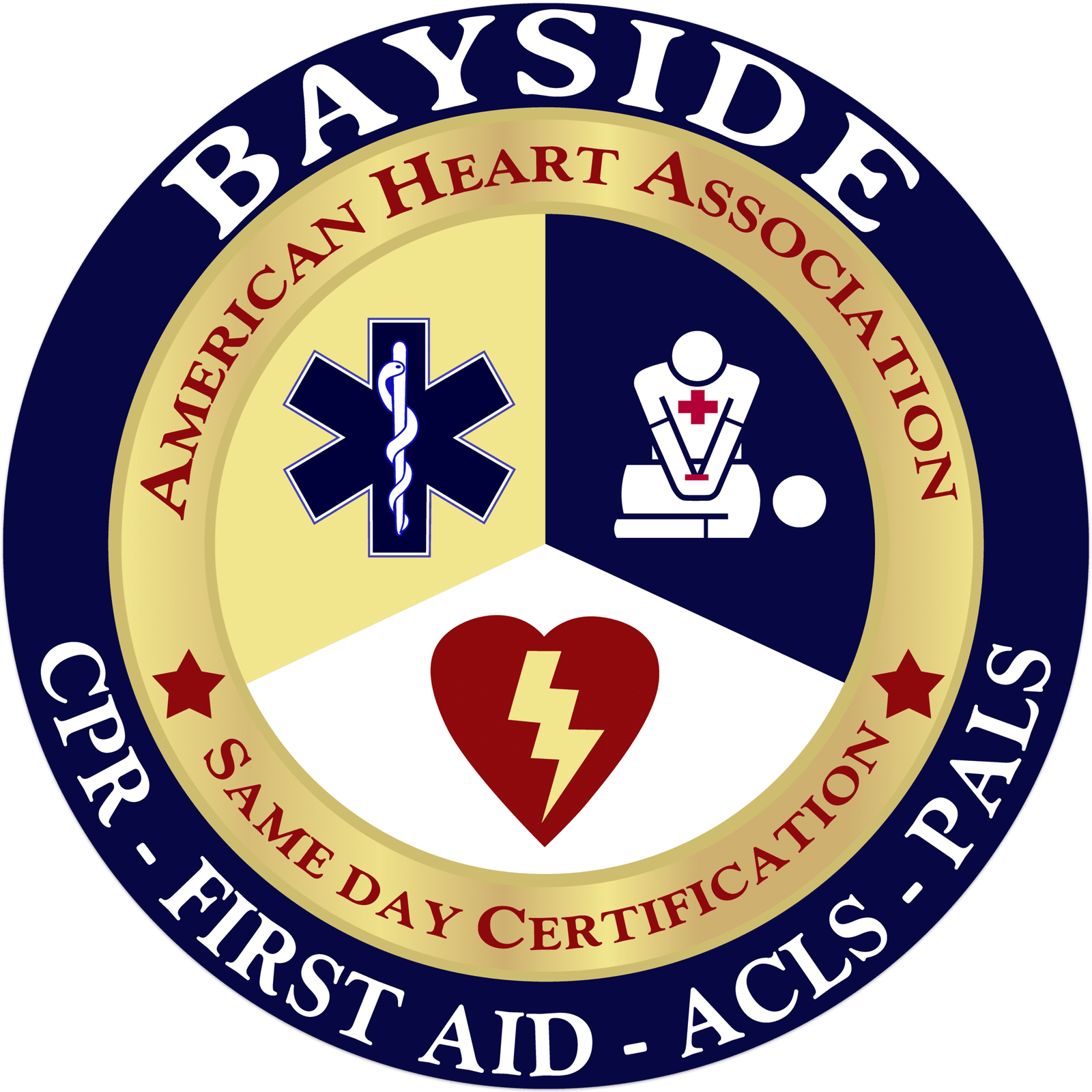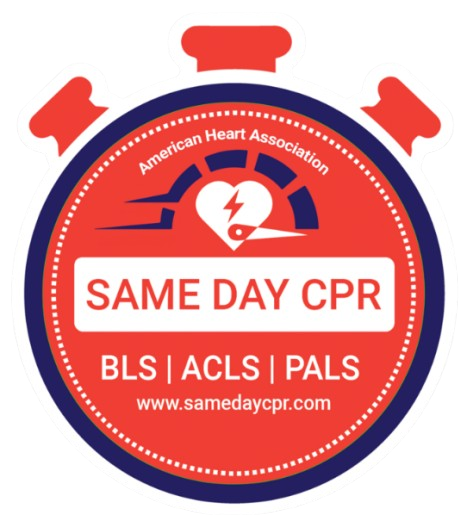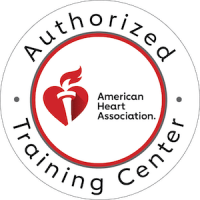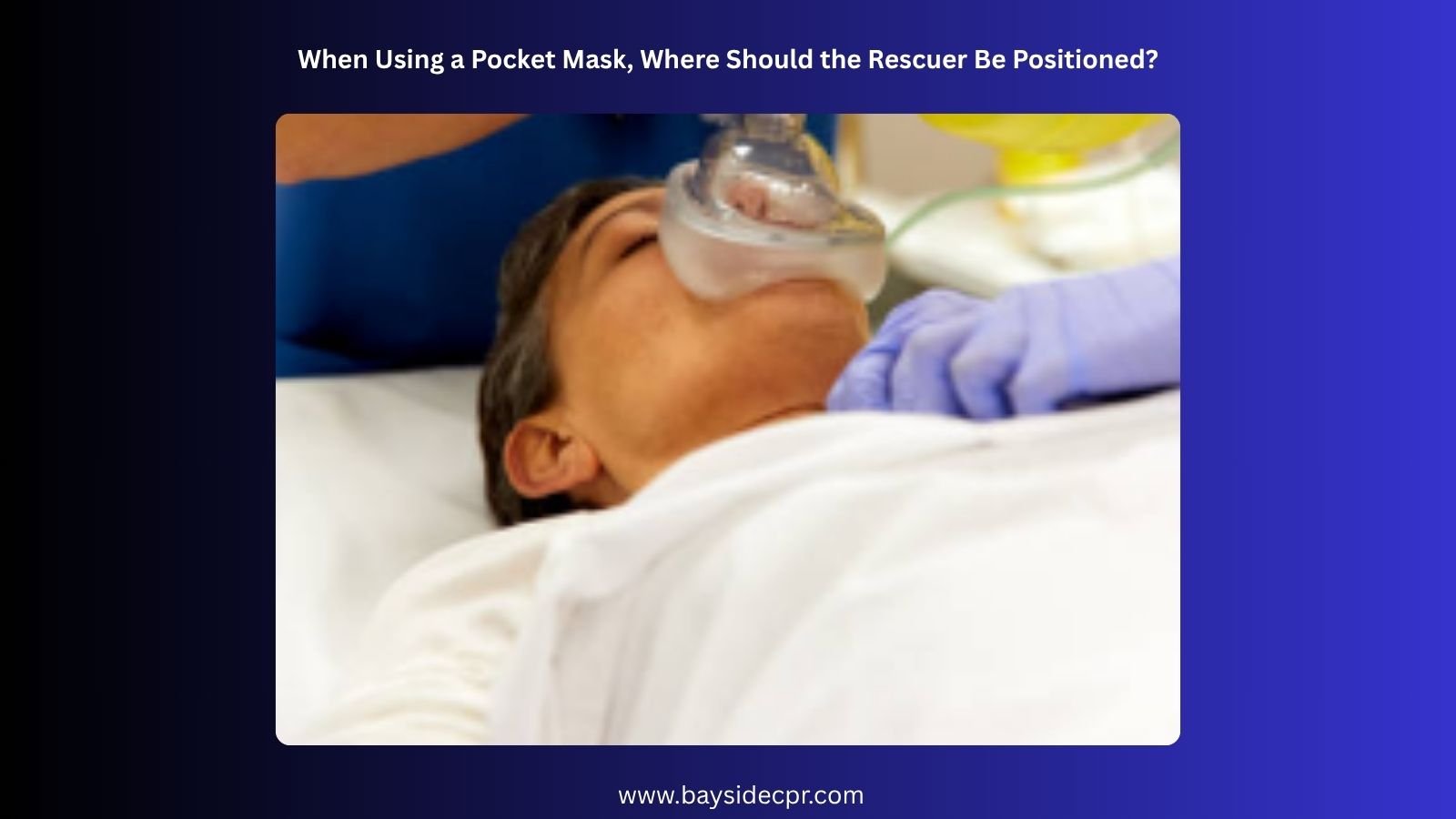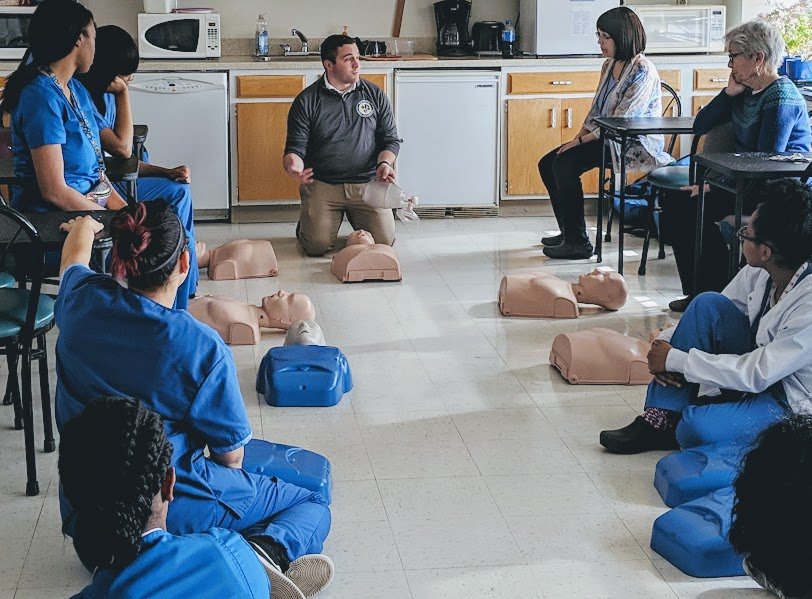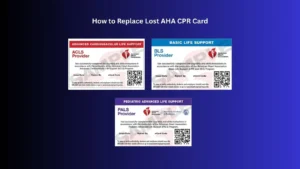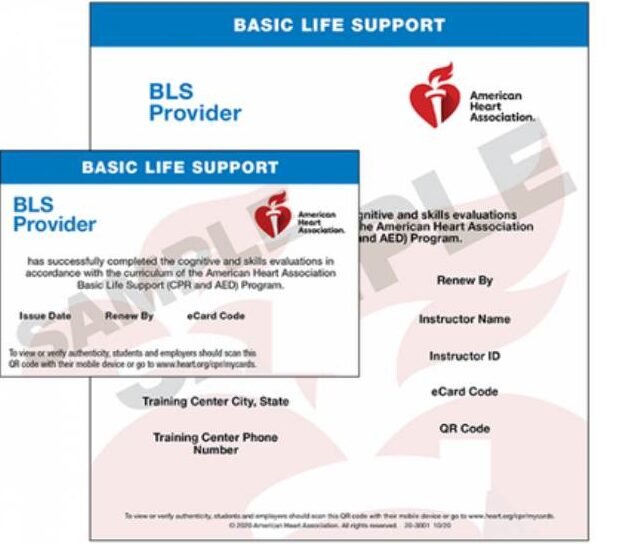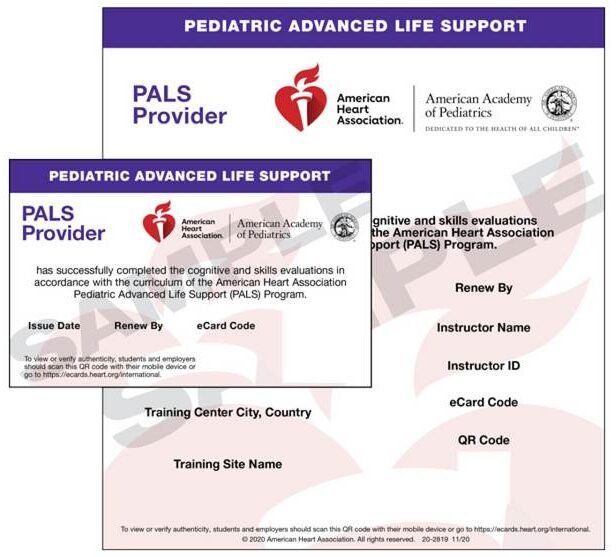Every second counts during CPR, and knowing how to deliver effective breaths can make all the difference. Whether you’re a trained professional or a first responder on the scene, your technique matters, and so does your position. CPR isn’t just about chest compressions; rescue breaths play a critical role, especially in cases like drowning, drug overdose, or when oxygen levels are dangerously low. There are also other emergencies when CPR is needed. That’s where the pocket mask comes in.
But here’s something many people overlook: where you place yourself while using that pocket mask can significantly impact how well those breaths are delivered. In this guide, we’ll break down what a pocket mask is, why your position matters, and how to make sure you’re giving every breath the best chance to help.
1. What Is a Pocket Mask?
Ever wondered how rescuers safely give breaths during CPR without direct mouth-to-mouth contact? That’s where a pocket mask comes in handy. It’s a small, portable device with a one-way valve that protects both the helper and the patient by preventing backflow of air or fluids. Many pocket masks also have an oxygen inlet to deliver extra oxygen if available. People use it during CPR to provide effective rescue breaths while reducing the risk of contamination, making it a smart, lifesaving tool in emergencies.
2. Importance of Proper Rescuer Positioning
Proper rescuer positioning is key to making sure your rescue breaths do their job. When you’re positioned correctly, it’s easier to create a tight seal with the pocket mask, so the air goes straight into the patient’s lungs instead of escaping. This not only makes your breaths more effective but also helps prevent unwanted air from filling the stomach, which can cause complications. Plus, being in the right spot gives you better control and a clear view of the patient, so you can respond quickly if anything changes. All these factors come together to make your efforts safer and more efficient.
3. Recommended Rescuer Position
When it comes to performing life-saving techniques, knowing the right position makes all the difference. Whether you’re working alone or with a partner, the right approach helps you act quickly and effectively.
3a. Single Rescuer
When you’re the only rescuer, positioning yourself at the patient’s head is key to managing the airway effectively. Kneeling right behind their head allows you to perform the head-tilt chin-lift maneuver smoothly, which helps open the airway. Using both hands to hold the mask with a “CE” or “EC” grip gives you a secure seal, making sure air goes where it’s needed. This setup helps you maintain control and deliver breaths efficiently until help arrives or the situation changes.
3b. Two-Rescuer Technique
When you and your partner work together, teamwork makes the process much smoother. You focus on keeping the airway open and holding the mask firmly in place to ensure a tight seal. Meanwhile, your partner provides breaths by squeezing the bag or blowing air into the mask. This way, you both share the workload and deliver effective ventilation without getting tired.
4. Steps to Use a Pocket Mask Effectively
Using a pocket mask correctly can make a big difference during an emergency. Follow these simple steps to ensure you deliver breaths safely and effectively.
- Place the pocket mask so it covers both the nose and mouth completely. Make sure it fits pleasantly without gaps to help deliver air where it’s needed most.
- Use both hands to press the mask firmly against the face, sealing the edges well. This prevents air from escaping and ensures each breath goes into the lungs.
- Give slow, steady breaths lasting about one second each. Avoid over-inflating; just enough air to make the chest rise comfortably.
- Watch closely for the chest to lift with every breath you deliver. This shows that air is entering the lungs and your efforts are working.
5. Common Mistakes to Avoid
Even with the best intentions, it’s easy to slip up during a rescue. Knowing what to avoid can help you stay calm and give the most effective care.
5a. Ventilating Too Forcefully
Blowing too hard or too quickly can force air into the stomach instead of the lungs, increasing the risk of vomiting and aspiration. Provide gentle, steady breaths just enough to see the chest rise.
5b. Delaying Ventilation
Taking too long to position the mask or hesitating during rescue breaths can lead to critical delays in providing oxygen. Practice helps build speed and confidence.
5c. Not Monitoring Chest Rise
Delivering breaths without watching for visible chest rise can result in ineffective ventilation. Always check that the chest is rising with each breath.
5e. Not Practicing with the Mask Beforehand
Waiting until an emergency to figure out how the mask works can lead to delays and mistakes. Regular practice builds muscle memory.
5f. Failing to Communicate in a Team Setting
If you’re working with others (like during team CPR), unclear roles and communication can be confusing. Assign who gives breaths and who compresses.
6. When to Use vs. Not Use a Pocket Mask
Knowing when to use a pocket mask can make a big difference in emergency care. Let’s break down the right moments to reach for one and when it’s better to choose another option.
6a. Indications and Contraindications
Use a pocket mask when you need to give rescue breaths but want a safer barrier between you and the patient, especially in one-rescuer CPR or when no advanced airway is available. It’s great for conscious or unconscious individuals who still need ventilatory support. However, skip the pocket mask if the patient isn’t breathing and you have a bag-valve mask and a second rescuer. Also, avoid it in situations where a tight seal is difficult, like with facial trauma or beards, or if you’re not trained to use it properly. Also read about: How Is CPR Performed Differently When an Advanced Airway Is in Place?
6b. Pocket mask vs. bag-valve-mask in different scenarios
In a solo rescue, the pocket mask can be your best friend; it’s fast, simple, and gives you some protection while delivering effective breaths. But in a two-rescuer scenario, the bag-valve-mask (BVM) is usually preferred. It delivers more volume, works better with oxygen, and is ideal when one person seals the mask while the other squeezes the bag. If you’re alone and trained, stick with the pocket mask; if you’ve got help and equipment, go with the BVM. Know more about: How Are Breaths Delivered Using a Bag-Mask Device?
Effective Ventilation in CPR: Best Practices with Pocket Masks
In an emergency, every choice you make matters, including how you give rescue breaths. A pocket mask is more than just a handy tool; it’s a bridge between safety and effective care when seconds are critical. By understanding how to use it properly and positioning yourself the right way, you’re not just checking off a box; you’re actively improving your patient’s chances. Whether you’re alone or working with a partner, being confident with your technique can turn panic into purposeful action. So take the time to practice, stay prepared, and when the moment comes, you’ll be ready to make those breaths count.
Related Post: What Does a Chest Compression Feedback Device Monitor During CPR?
